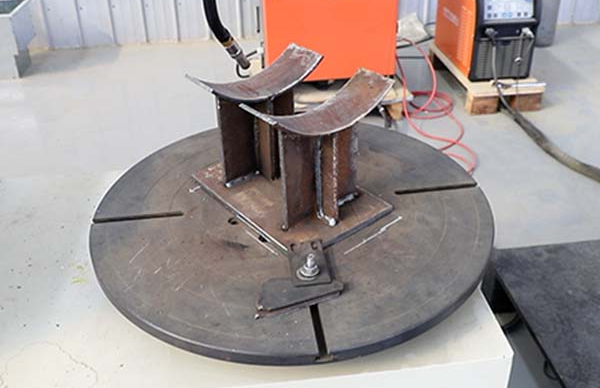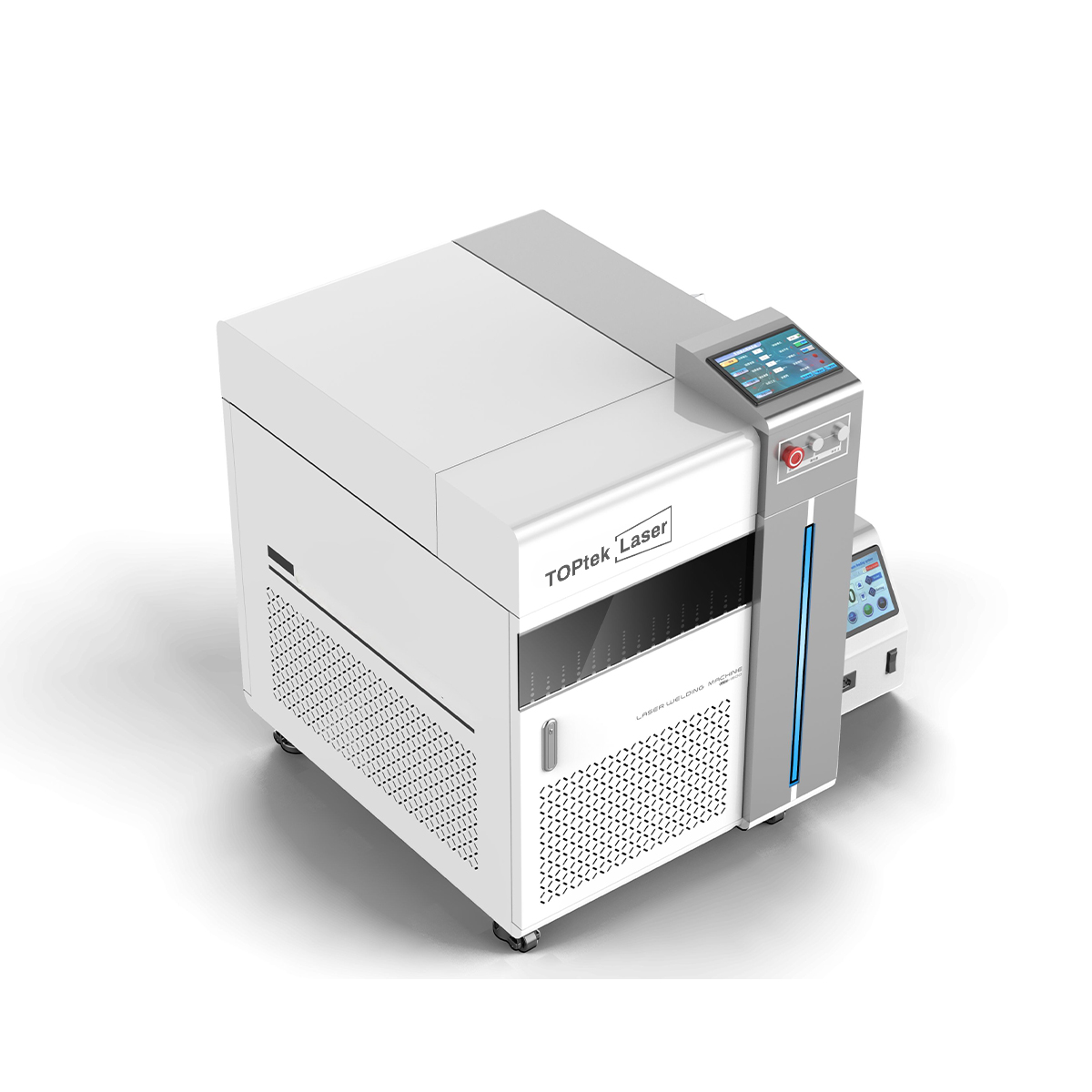The difference between five-axis welding robot and six-axis welding robot
May 09,2023 | TOPTEK
What are the differences between five-axis welding robots and six-axis welding robots? With the continuous development of automated welding technology, more and more industries have begun to use welding robots to replace traditional welding. Traditional welding has shortcomings such as low welding efficiency, uneven quality, high labor intensity, and high enterprise costs. Joint welding robots It is determined by the degree of freedom and can be welded flexibly. In this article, the editor will take you to understand the difference between a five-axis welding robot and a six-axis welding robot.

The difference between five-axis welding robot and six-axis welding robot:
1. Different joint flexibility. Compared with the five-axis welding robot, the six-axis welding robot has one more joint flexibility. In the movement of the rectangular coordinate system, the six-axis welding robot can move horizontally along three axes, and the joint flexibility is higher; the five-axis welding robot The robot moves horizontally along two axes with low joint flexibility.

2. The range of weldable workpieces is different. In the welding of simple to complex workpieces, it is necessary to choose articulated welding robots with different axes. The six-axis welding robot can realize six-axis linkage, and the welding torch can reach any point within the working range and weld with the required posture. It can also be welded easily in the face of more complex weldments.
The five-axis welding robot has five degrees of freedom, and the weldable workpieces are relatively limited. It can be used with a multi-axis welding positioner to improve welding flexibility and realize welding of complex welds.

3. Product pricing is different. Five-axis welding robots and six-axis welding robots have different product pricing according to different models and technical parameters. Six-axis welding robots are more expensive than five-axis welding robots, and six-axis welding robots have more functions.
4. Different fields of application. The six-axis welding robot has high flexibility and can be adjusted according to the welding conditions in different fields. It is suitable for welding work in the fields of construction machinery, electronics, metallurgy, municipal construction, automobile manufacturing, etc. The welding of complex weldments by five-axis welding robots It is more difficult, and the applicable fields are not as extensive as six-axis welding robots.

5. welding robots and six-axis welding robots are different in terms of functionality, welding adaptability, and technical parameters. When users choose to use articulated welding robots, they should choose the appropriate welding robot according to their own welding needs. The articulated welding robot makes the welding benefits play better.



